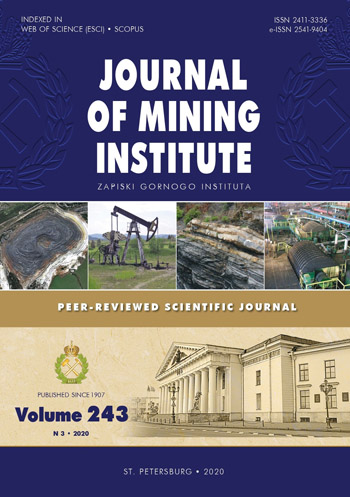Landscape monitoring studies of the North Caucasian geochemical province
- 1 — Ph.D., Dr.Sci. Professor Southern Federal University
- 2 — Ph.D. Associate Professor Kuban State Agrarian University
- 3 — Ph.D., Dr.Sci. Professor Institute for Water and Environmental Problems of Siberian Branch of the Russian Academy of Sciences
- 4 — Ph.D. Associate Professor Southern Federal University
Abstract
The data on the geochemical features of the bedrocks and soils of the province are given. Considerable attention is paid to regional abundances, as well as enrichment and dispersion factors of the chemical elements in landscapes. Using the example of the North Caucasus, it is shown that for such indicators as phytomass, geological, geomorphological, and geobotanical features, it is possible to make a preliminary outlining of regional structures corresponding to geochemical provinces. At the same time, a subsequent geochemical study of these structures remains mandatory. Upon determining certain geochemical associations, geochemical provinces can be basically distinguished; to a large extent, geochemical properties of these accumulated and scattered associations of elements contribute to the regional soil geochemistry. The results of long-term monitoring studies of the North Caucasus geochemical province have shown that the key features of the regional landscapes are due to the composition of bedrock and the presence of a large number of ore deposits and occurrences. The data obtained are the basis for assessing the state of the environment in conditions of increasing anthropogenic impact, and the established regional abundances can be used to assess the degree of pollution in agricultural, residential, and mining landscapes.
